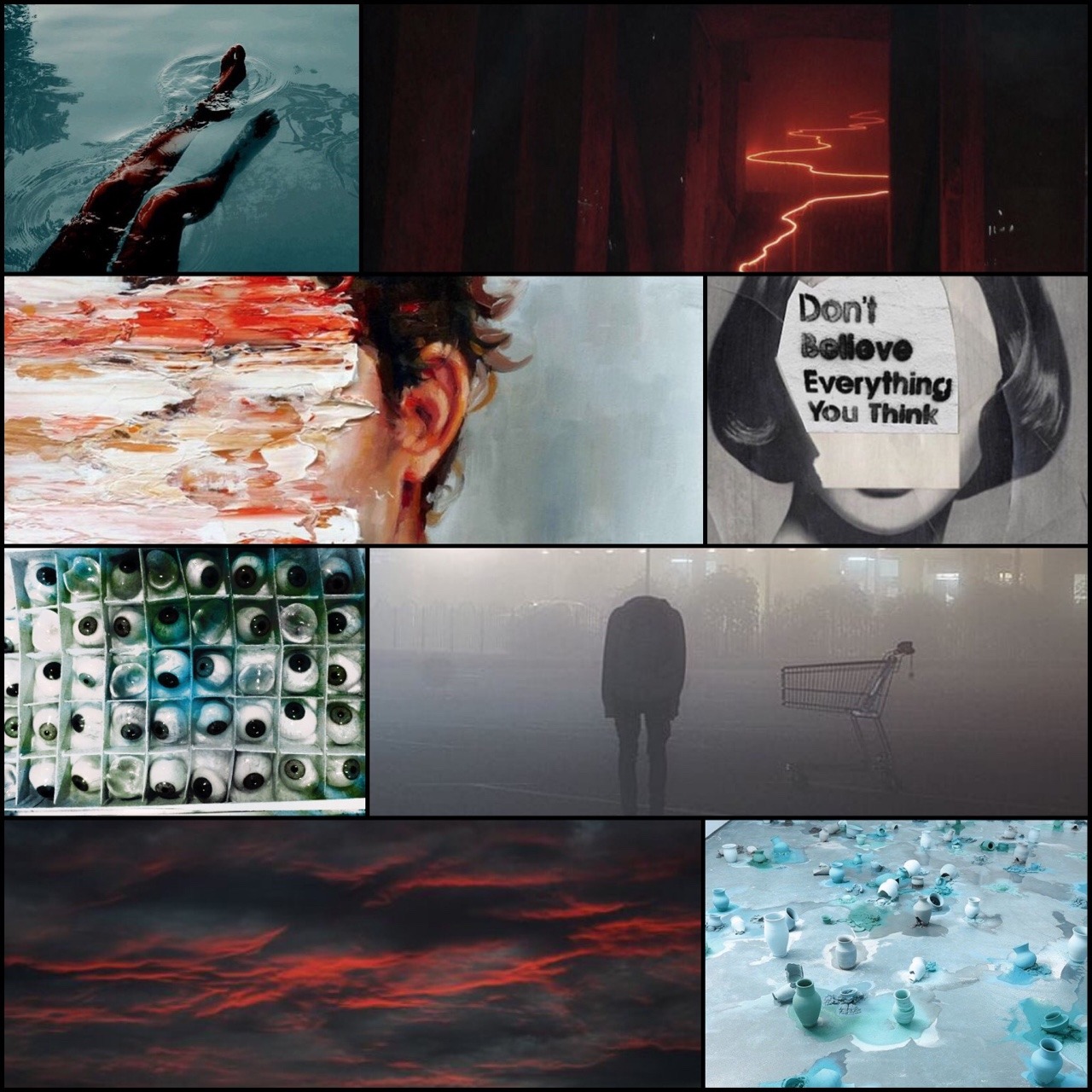
Conversely, people will a relatively small Open Area are more difficult to talk to and more difficult to work with, as they seem guarded. In general it can be said that people who have a larger open area relative to others are easier to talk to and work with, because people trust them. An alternative way to say this is that we should be looking to reduce the size of the Blind Area, Hidden Area, and Unknown Area. What we should be looking to do when using the model is increase the size of the Open Area for both ourselves and our team members. Using The Model – TheoryĪlthough the Johari Window may seem complex it is actually very easy to use. It could include talents in the workplace that you haven’t discovered yet through lack of opportunity, confidence, or training. This might include a natural talent for something you have yet to discover. This area represents things that are unknown by both you and the group. Why we choose to keep certain information private could be because we find it embarrassing, or it could be because it would make us feel uncomfortably vulnerable. For example, we’ll share more of ourselves with our spouse than with our work colleagues. What we share with some people will differ from what we share with others, and will be based on the relationship and trust we have with the other party. This area represents things that you know about yourself but that the group doesn’t know about you.
Johari window collage professional#
Particularly relevant to a professional context, someone may withhold information from us as it gives them power over us. Perhaps they are worried about hurting our feelings, or perhaps they have tried to tell us what they know but we are so blind that we flatly assume that they are wrong. There are a number of reasons why others know things about us but don’t tell us. This area represents those things that others know about you of which you are unaware. However, how others view us may be different to how we view ourselves. It can be easy to think that the combination of our public and private selves is all that we are. This concept of discussing perceptions applies to all quadrants of the model, not just the open area. This means that others may perceive you to be a certain way but you may perceive yourself to be a different way. It is important to realize that as we discuss things we know or that others know, that we are actually discussing perceptions. This open area is one that we are very happy to talk about. It will contain information across multiple areas including, your experience, skills, viewpoints, attitude, personality, and feelings. This area represents things you know about yourself and which the group knows about you. The quadrants are explained as follows: The Open Area The Johari Model is based on a simple square, which is broken into 4 equal quadrants, each showing a different part of your inner-self:Ī key thing to note is that although each quadrant is the same size in the above diagram, the size of quadrants relative to one another will be different from person to person, depending on their personality.

One problem with both of these models is that whilst they obviously help you understand yourself better, they don’t build trust amongst your team. Again, this information can then used to for your professional development.
_1500273046_14619-8.jpg)
Lot’s of other models exist to help you know yourself better.


 0 kommentar(er)
0 kommentar(er)
